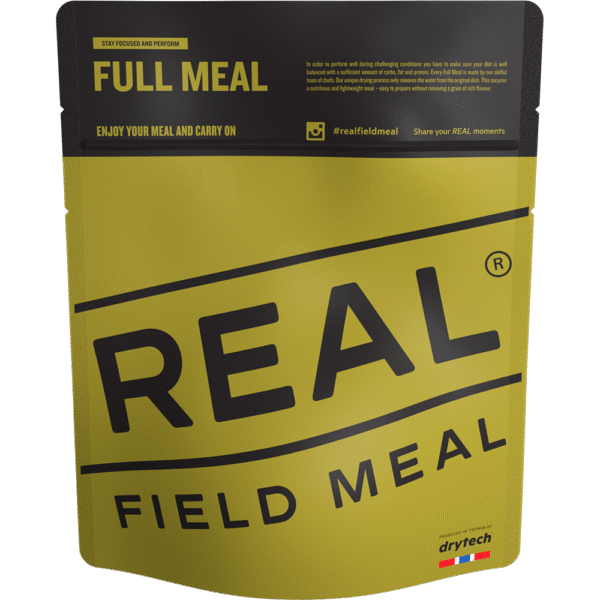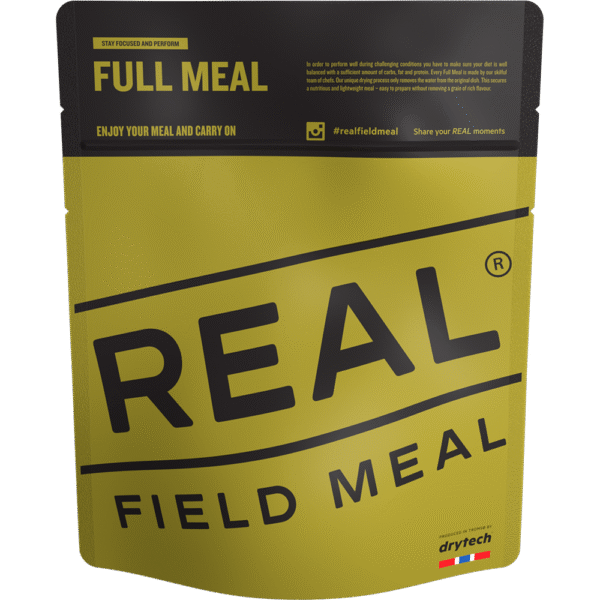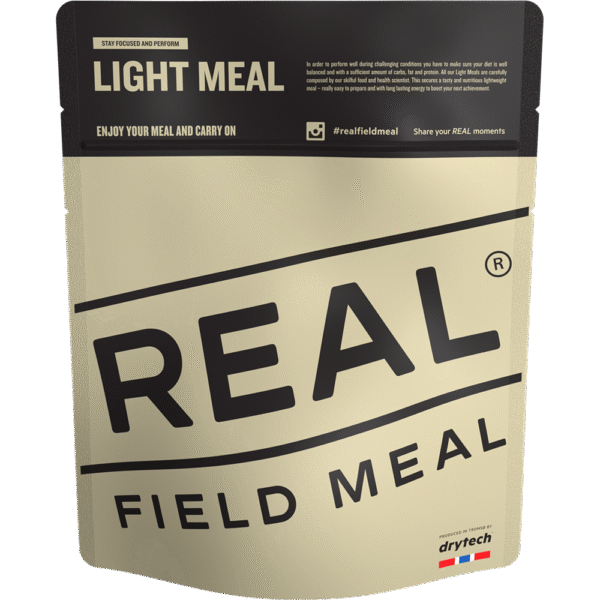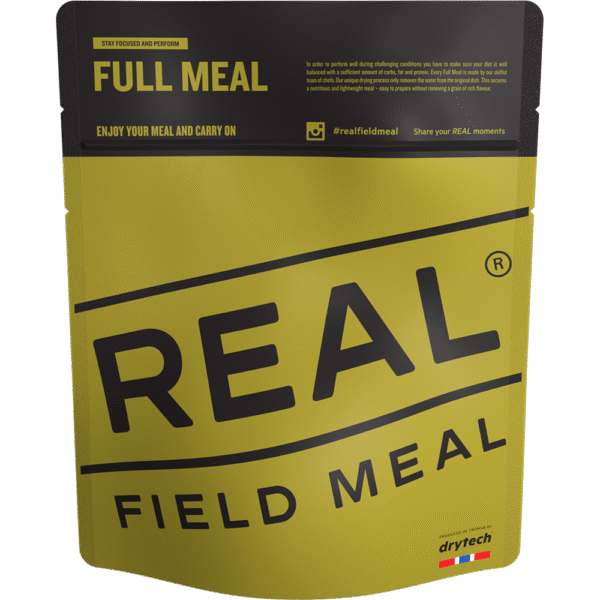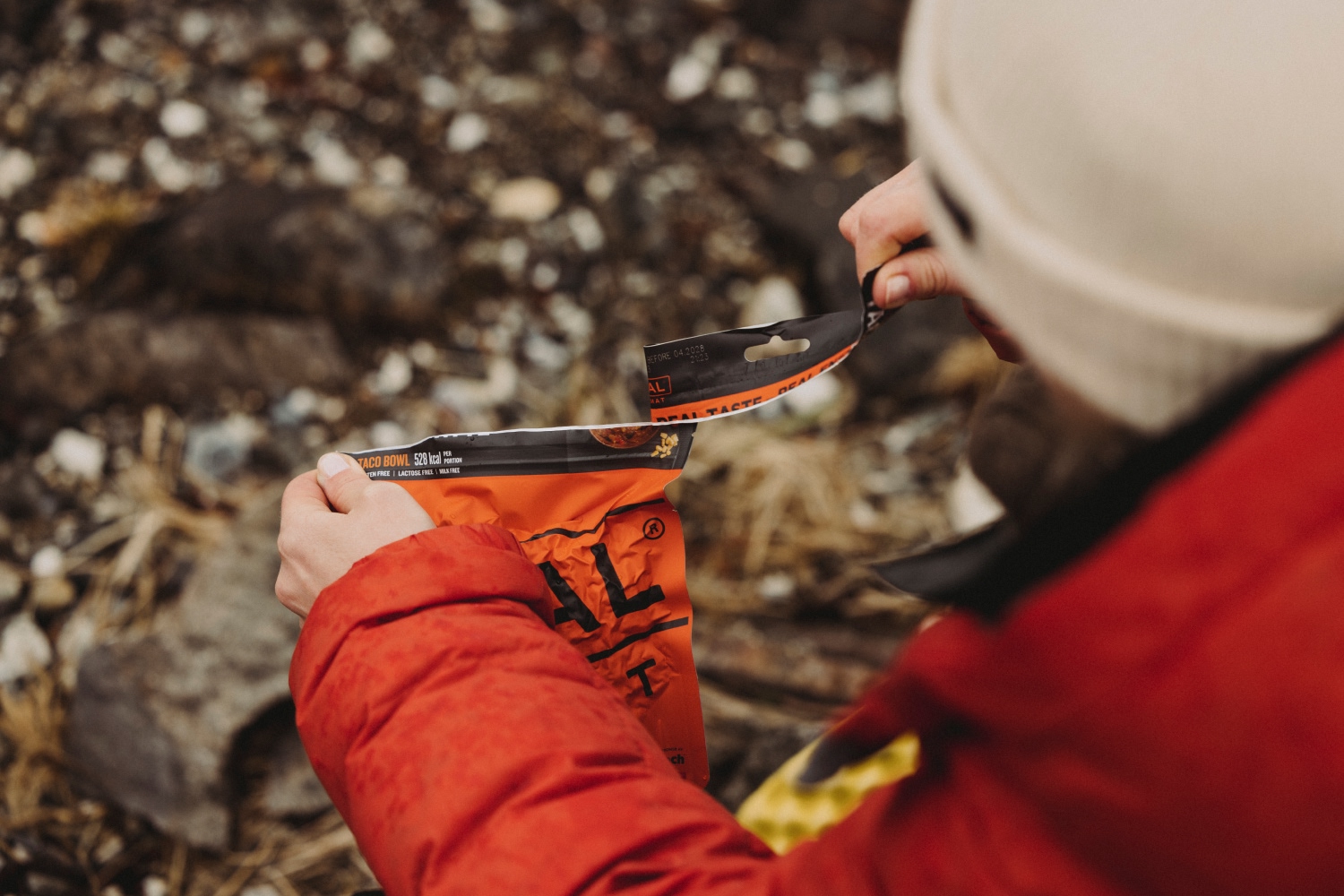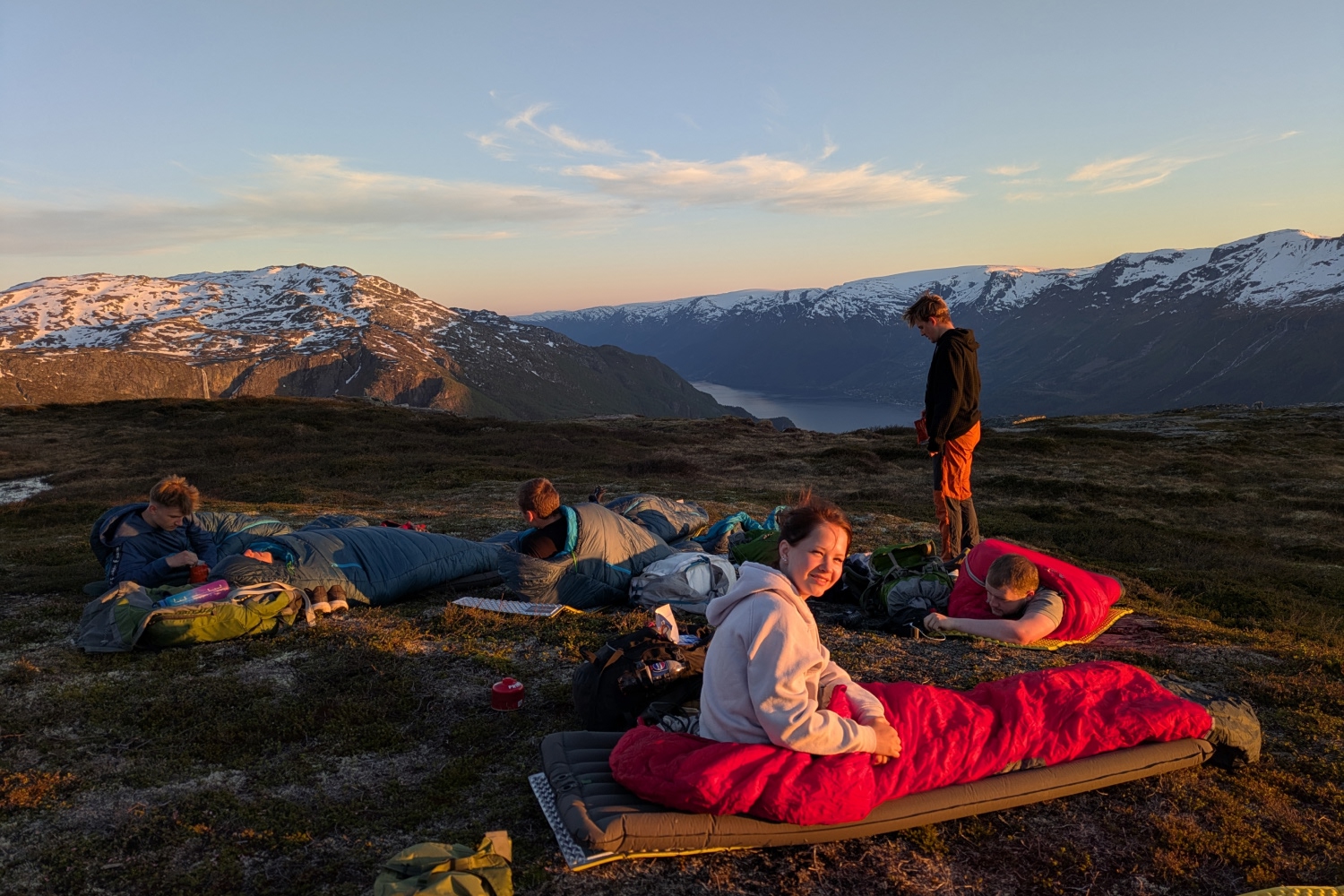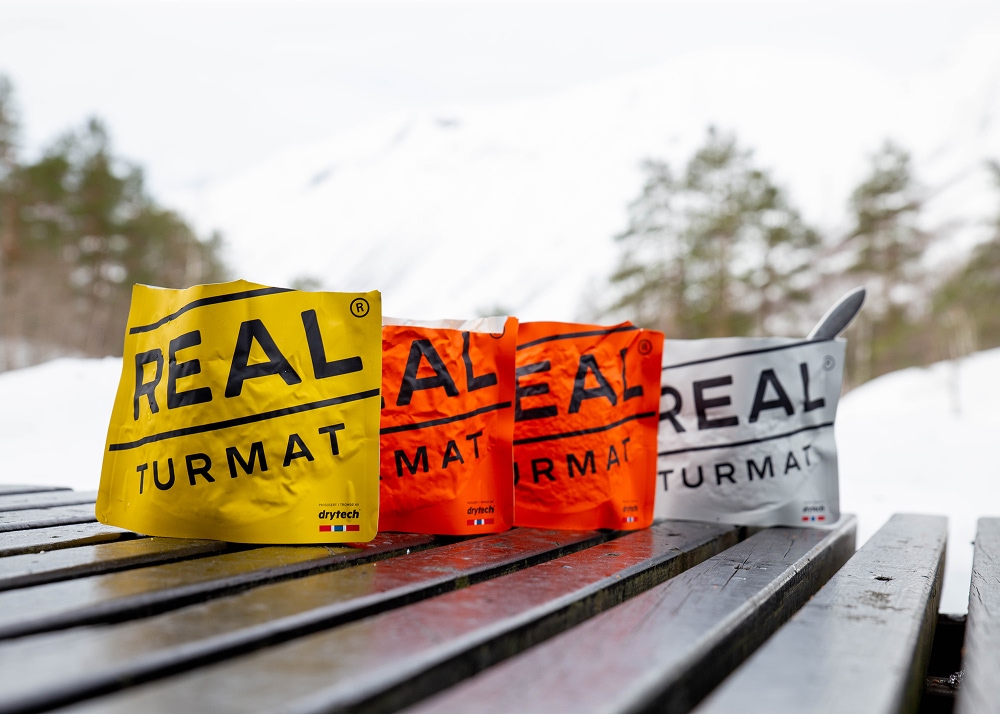Your cart is currently empty!
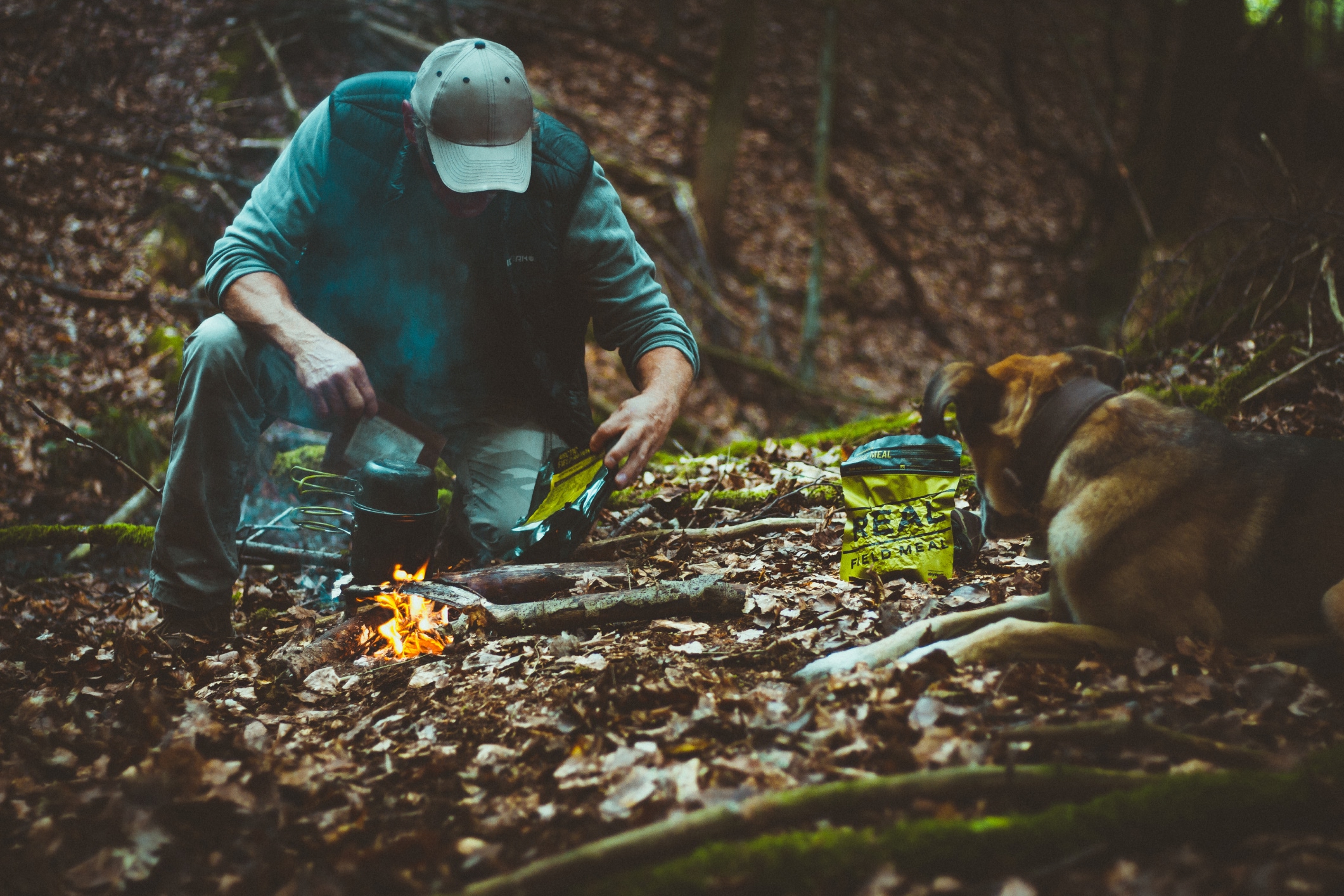
Bushcrafting
The art of bushcrafting: Skills, lifestyle, and food in the wild
In this segment, we look at the different methods of bushcrafting, what bushcrafters enjoy doing in the wild, and the types of food they prepare and depend on. We also highlight how REAL Meals has earned trust in the bushcraft community. This is not only because of its durability and safety, but also because it offers a wide range of options for different dietary needs.
Bushcrafting is the art of surviving and thriving in nature using skill, knowledge, and the resources around you.
Bushcrafting combines outdoor skills with a deep respect for nature. It is a lifestyle built around living in harmony with the environment and mastering essential survival techniques. Practitioners learn how to live well in the wild using minimal gear, natural materials, and traditional knowledge. For many, bushcrafting offers a return to a simpler and more primal way of living, where problem-solving, resilience, and creativity play a central role.
Methods of bushcrafting
At the heart of bushcraft lies a framework known as the 5 C’s: five essential categories of gear and skills that support survival and self-reliance in the wilderness. Mastering these fundamentals helps bushcrafters prepare for a wide range of scenarios with confidence and efficiency.
Cutting tools
A reliable cutting tool is one of the most important items in any bushcraft kit. From carving wood to processing game, a solid knife, axe, or folding saw serves countless roles, including:
- Building shelters from natural materials
- Shaping tools, stakes, and utensils
- Processing firewood and kindling
- Preparing food or skinning small game
Bushcrafters typically carry at least one high-quality fixed-blade knife and often a backup blade for redundancy. Sharpness, durability, and versatility are key.
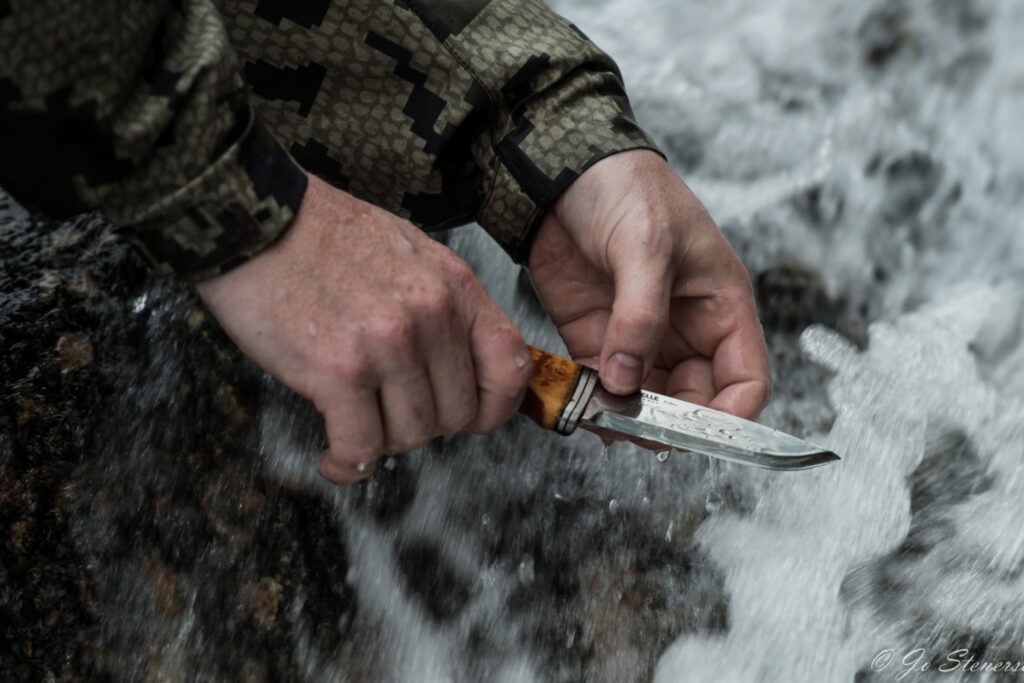
Cover
Cover refers to your ability to protect yourself from the elements such as wind, rain, snow, and sun. Exposure is one of the most serious risks in the wilderness, so having proper shelter is essential. This includes:
- Natural shelters made from branches, bark, and moss
- Tarps, bivvy sacks, or lightweight tents
- Clothing layers suited to weather and climate
- Insulating materials for warmth and moisture control
Skilled bushcrafters know how to read terrain and quickly build improvised shelters using the land’s natural features and resources.
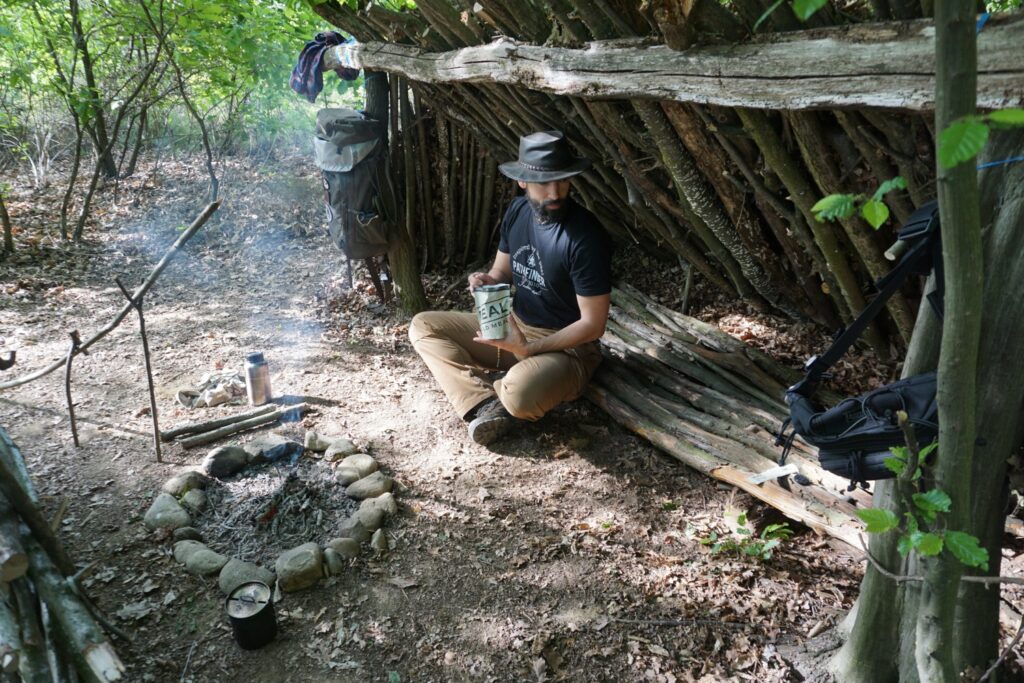
Combustion devices
Fire serves multiple life-saving purposes: warmth, cooking, water purification, tool making, and signaling. That’s why combustion is its own critical category in bushcraft. Mastery of fire-making includes:
- Ferro rods and fire steels for sparks in any weather
- Waterproof matches and lighters as backups
- Traditional techniques like the bow drill or hand drill
- Knowledge of natural tinder (birch bark, fatwood, dry grass)
Firecraft is both a skill and a necessity, especially in wet, windy, or cold environments.
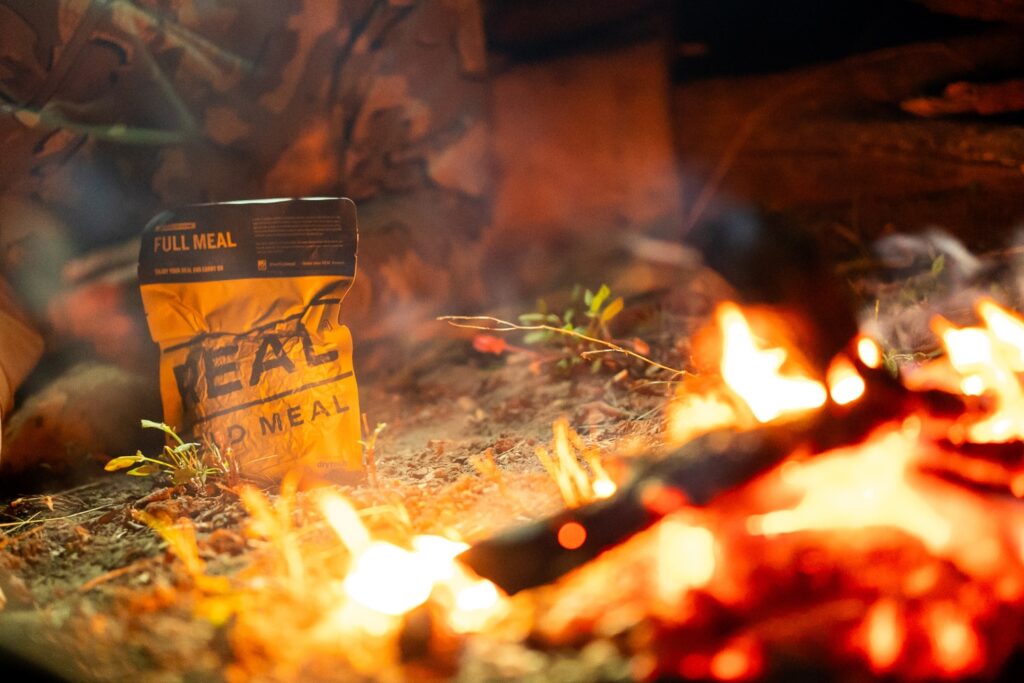
Containers
The ability to carry, boil, and store water or food is essential. Bushcrafters often rely on containers that are both durable and multi-functional:
- Metal pots or cups for boiling water
- Canteens or water bottles with wide mouths
- Foldable or improvised containers (e.g., bark bowls)
- Food-safe bags or pouches for storing ingredients
Being able to purify and cook water safely is critical, and metal containers that can withstand fire are preferred for this reason.
Cordage
Cordage is invaluable in a bushcraft setting. It supports shelter construction, gear repair, first aid, and even hunting. Bushcrafters carry synthetic cord (like paracord or bank line) but also learn to make their own from natural fibers such as:
- Nettles
- Bark (like cedar or basswood)
- Roots and vines
Common uses include tying ridge lines, creating traps or snares, building stretchers, or splinting limbs in emergencies. Knowing your knots and lashings is part of the skillset.
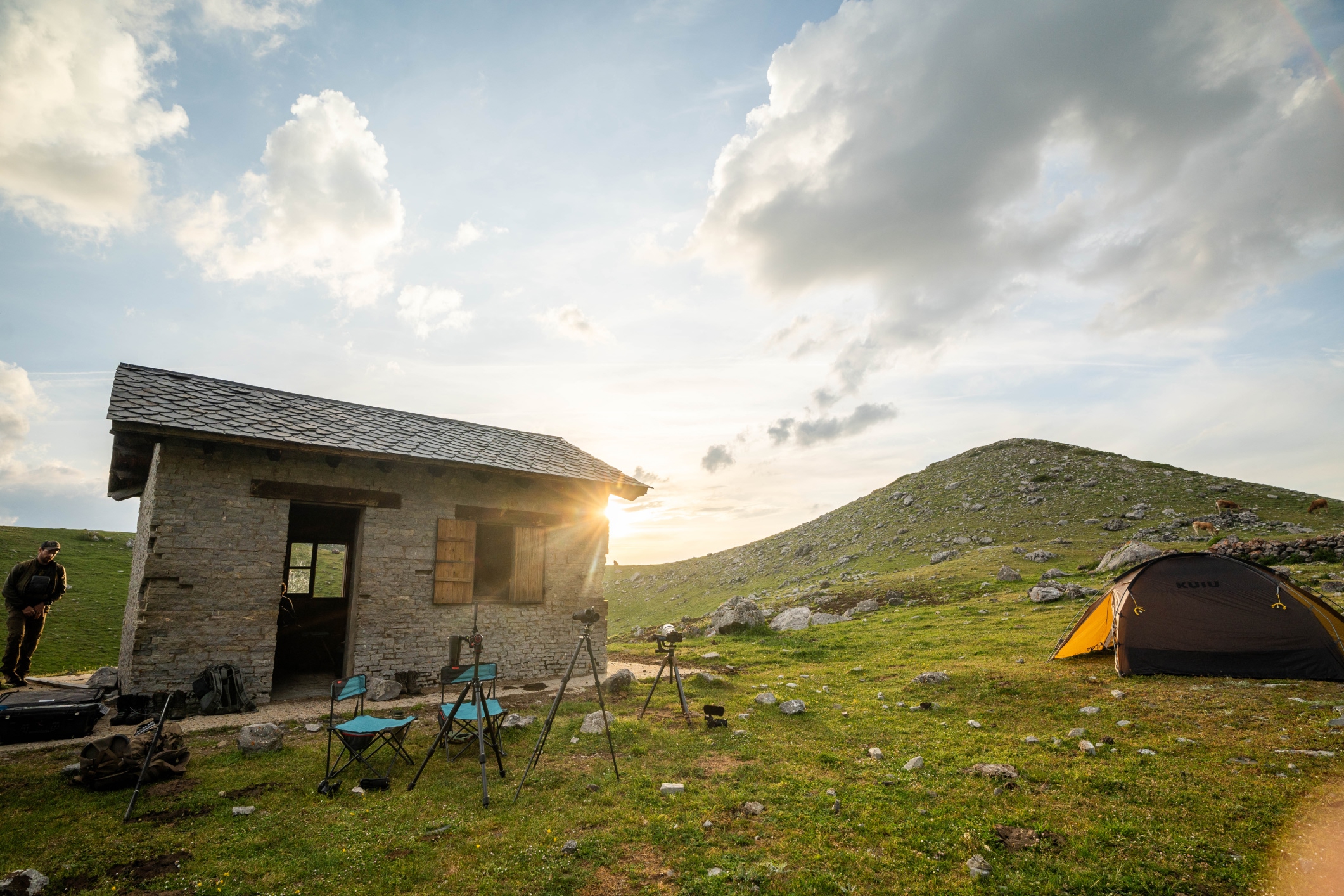
bushcrafting
The many faces of Bushcraft: Shelter styles and how REAL meals fuel the journey
In this article, we explore the wide variety of bushcraft shelter styles, ranging from simple tarp setups to handcrafted log cabins. Each type reflects a different approach to living in the wilderness.
What bushcrafters enjoy outdoors
Bushcrafting focuses on practical knowledge, self-reliance, and a deeper connection to the natural world. It is a form of outdoor craftsmanship where the goal is not to move quickly, but to learn from the landscape. Time is spent building skills, observing nature, and working with the environment instead of against it.
Skill practice and refinement
Bushcrafters love to continuously sharpen their abilities. This could mean practicing fire-starting techniques under different conditions, carving wood into tools or utensils, or experimenting with different shelter-building strategies. Every outing becomes an opportunity to learn and adapt.
Observation and natural awareness
Time spent in the wild heightens a person’s senses. Bushcrafters spend hours observing animal tracks, bird behavior, plant growth, weather changes, and even the movement of insects. This attention to detail helps in decision-making, navigation, and resource identification.
Crafting and tool making
Crafting is central to the bushcraft lifestyle. From carving spoons and cooking tripods to making bows, traps, and even bush furniture, bushcrafters enjoy transforming raw materials into useful gear. Many see this not only as a functional task, but also as a meditative and satisfying creative process.
Foraging and land study
Understanding the land is central to bushcraft. Many bushcrafters spend time studying ecosystems, identifying useful plants, and foraging for food or natural remedies. They also learn what to avoid or leave untouched, which is just as important for survival.
Tracking and trail craft
Following animal trails, learning how to read disturbances in foliage, or identifying prints and scat is a fascinating part of bushcraft. It enhances one’s ability to locate food sources, understand predator/prey patterns, and move more efficiently and quietly through the wilderness.
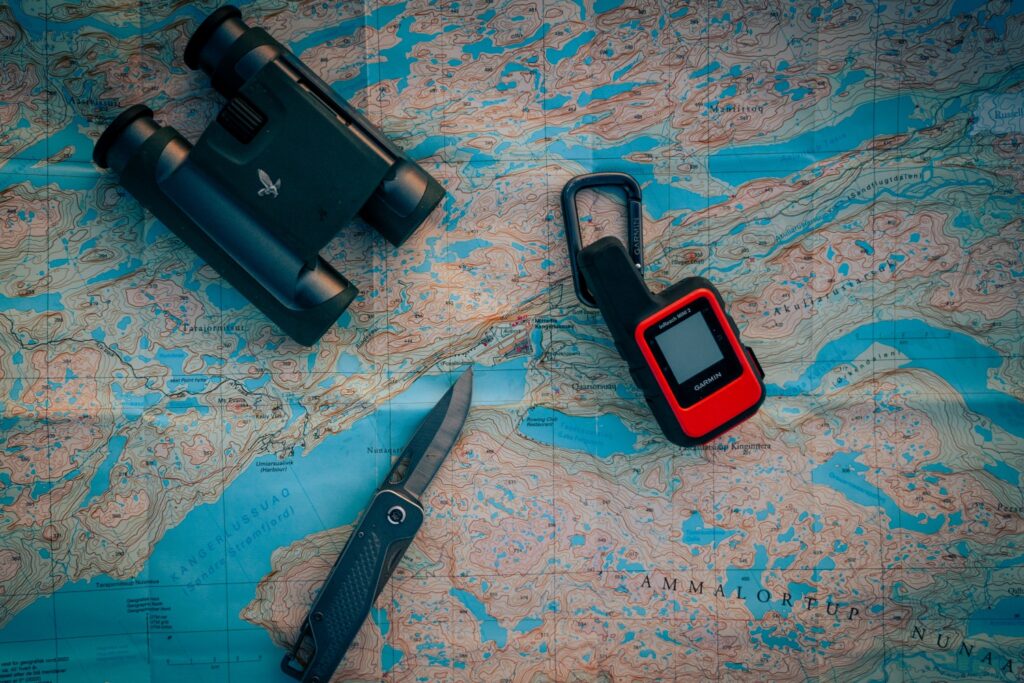
Quiet reflection
Away from noise, screens, and busy schedules, bushcrafters often describe a sense of mental clarity and calm that comes from being in nature. Sitting by a fire, watching the sunset, or listening to the sounds of the forest at night are more than moments of rest. They are part of the experience itself.

Durable & safe
Freeze-dried meals can last up to 7 years, making them ideal for storage and preparedness.
Nutrient retention
The process helps preserve essential vitamins and minerals.
Convenience
Lightweight and compact – perfect for travel, expeditions, or quick meals.
Flavor & texture
Once rehydrated, meals closely resemble their fresh versions.
Food in the wild
Finding food in the wild is one of the more demanding parts of bushcrafting, and often one of the most rewarding. It calls for a strong understanding of the land, a sense of the seasons, and the discipline to take only what is needed. Every decision is shaped by skill, timing, and awareness, always with respect for the environment.
Here’s how bushcrafters typically approach food gathering:
Foraging
Bushcrafters often identify and collect wild edibles like berries, roots, nuts, herbs, and leafy greens. This requires deep local knowledge and caution, as misidentification can be dangerous. Foraging also includes harvesting medicinal plants or ingredients for teas and natural remedies.
Fishing
If near rivers, lakes, or coastlines, fishing provides a consistent and renewable source of protein. Techniques may include:
- Rod and reel fishing
- Hand lines
- Fish traps made from natural materials
- Improvised spears or gigs
Some also smoke or dry fish for preservation over several days.
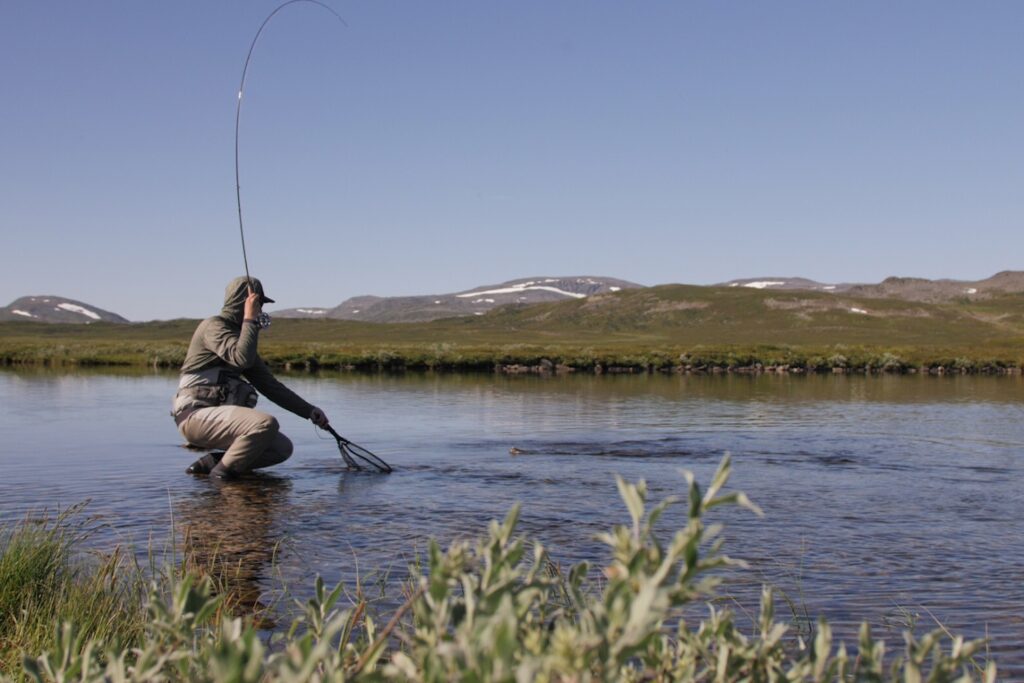
Trapping and hunting
Depending on local laws and ethical guidelines, bushcrafters may use snares or traps to catch small game such as rabbits or squirrels. In more advanced settings, traditional hunting tools like bows, slings, or even atlatls may be used. However, most modern bushcrafters rely on basic hunting equipment when it is legal to do so.
-
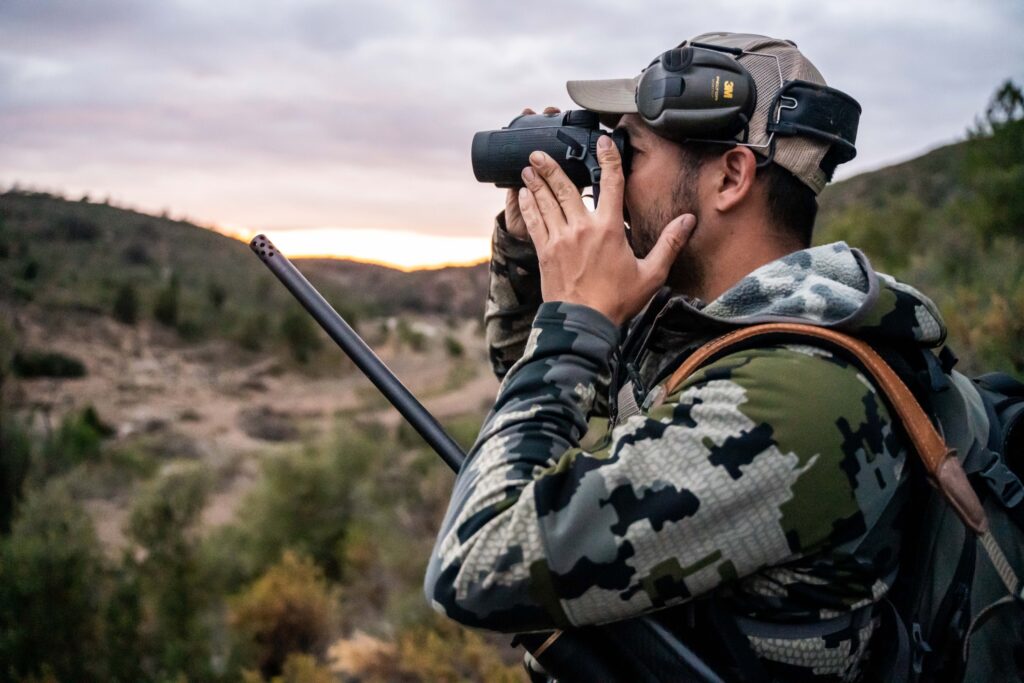 Hunting
HuntingHunting
Read more: HuntingIn this segment, we explore the different types of hunting, including big game and small game, and how each offers a way to connect more deeply with nature. Both forms encourage a strong sense of responsibility toward the wild.
From the wild to the fire: Preserving and preparing food
Gathering food is only part of bushcraft. Knowing how to preserve and prepare it without modern tools is just as important. These skills help make the most of valuable resources and turn raw ingredients into safe, nourishing meals.
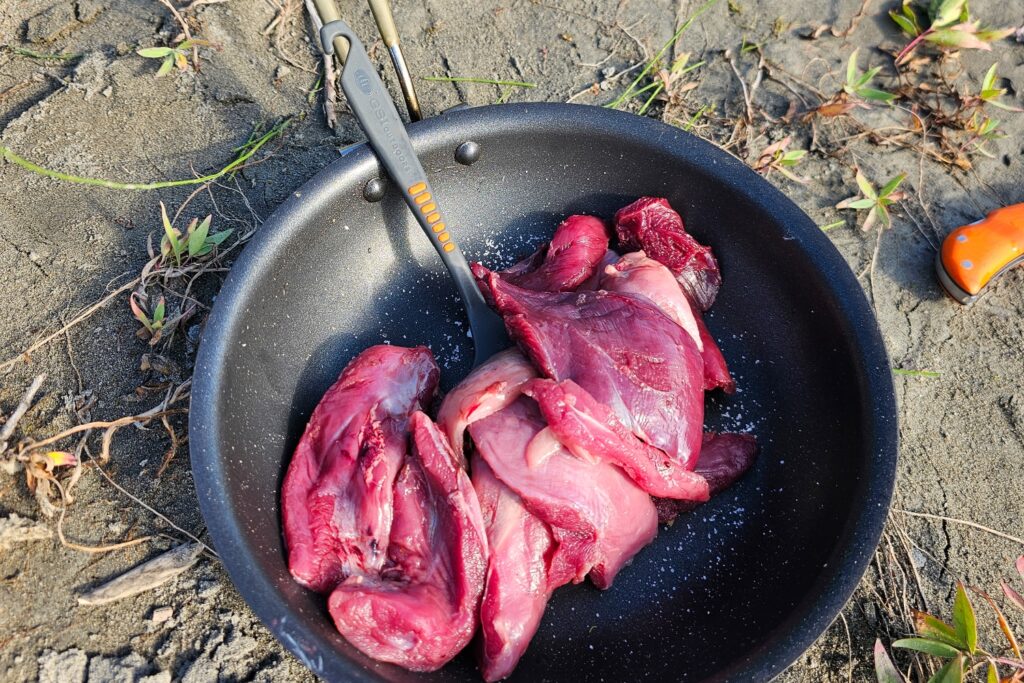
Preservation techniques
In the absence of refrigeration, bushcrafters rely on traditional, time-tested preservation methods, such as:
- Smoking: Hanging meat or fish over a low, smoky fire to dry and flavor it over several hours or days.
- Sun Drying: Using direct sunlight and airflow to dehydrate fruits, herbs, or thin meat strips.
- Salting: Drawing out moisture with salt to inhibit bacterial growth. Often used when salt is carried into the field.
- Caching or Cool Storage: Using shaded ground holes, clay pots, or running water to temporarily keep items cool and safe.
These techniques extend food usability, reduce waste, and help bushcrafters maintain energy during longer stays in the wild.
REAL Meals: Trusted by bushcrafters for durability and safety
While traditional food methods can be rewarding, bushcrafters understand that conditions are not always ideal. Emergencies, bad weather, or long trips call for reliable and ready-to-eat nutrition. This is where REAL Meals become a trusted solution.
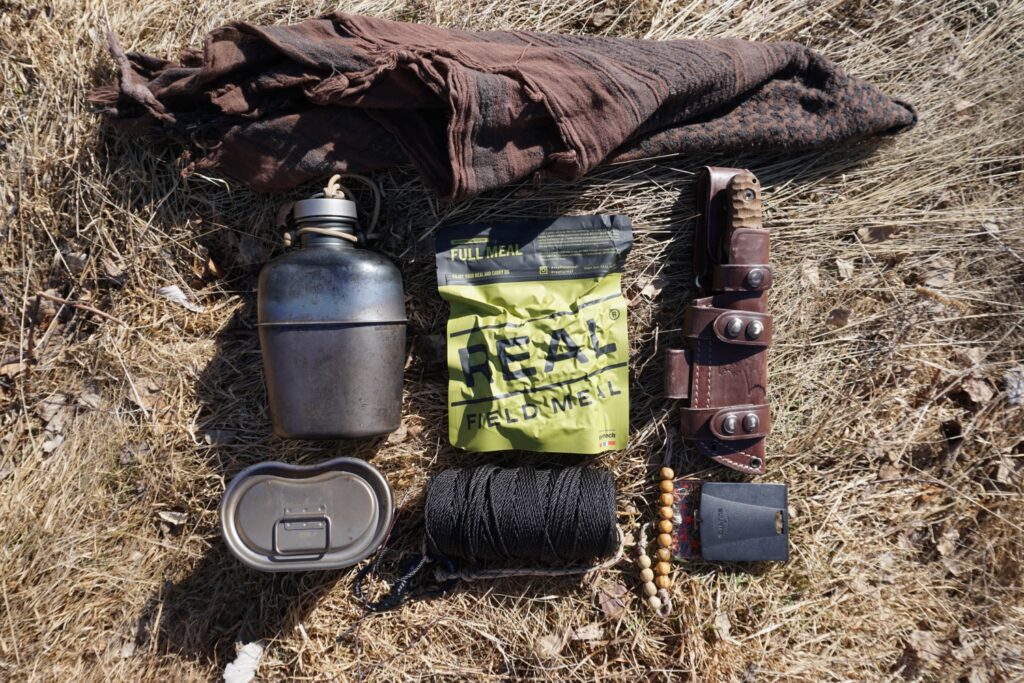
REAL Meals are respected in the bushcraft community for their durable packaging, long shelf life, and ease of use. They are made to handle rough conditions and exposure to the elements. These freeze-dried meals serve as a dependable backup or a primary food source. With only hot water, they provide a warm and satisfying meal, perfect after a long day of physical effort.
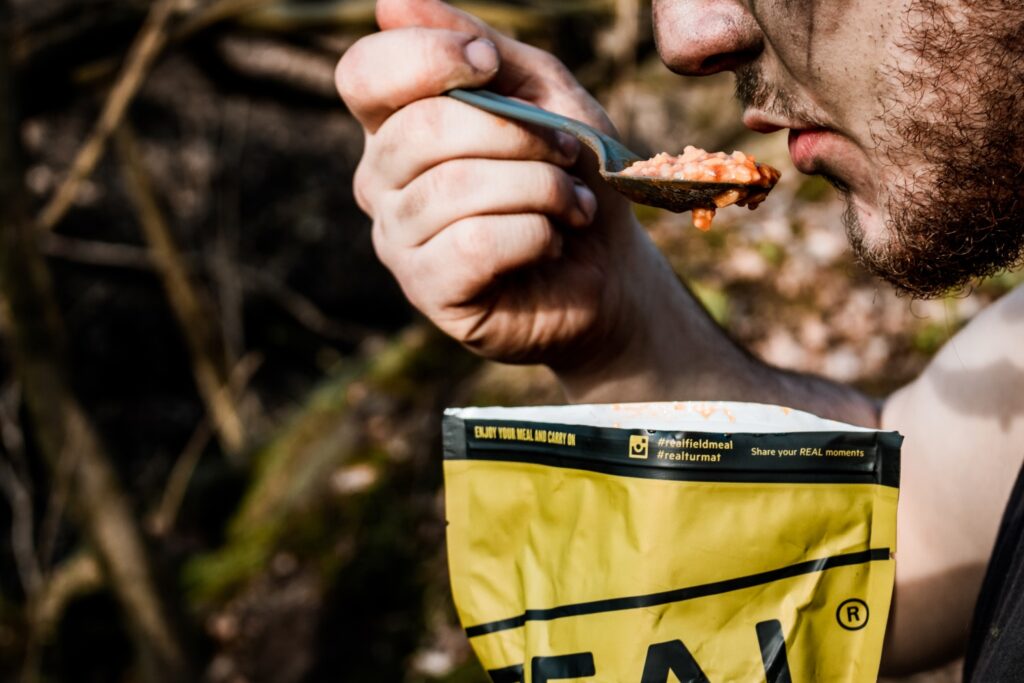
Their light weight, minimal prep time, and no need for refrigeration make them especially useful in bushcraft settings where conserving energy and resources is key.
Products
Meals that suit every diet
-
135 NOK
-
135 NOK
-
95 NOK
-
135 NOK
These options are clearly labeled and crafted to be nutritionally balanced, providing a safe and satisfying choice for people who want to stay fueled in the wild. Vegan and vegetarian meals are packed with energy-rich ingredients, while gluten- and dairy-free meals help avoid allergic reactions without sacrificing taste or quality.
For bushcrafters who depend on both body and mind in tough environments, it is essential to know that their meals are safe and nourishing. REAL provides exactly that.
-
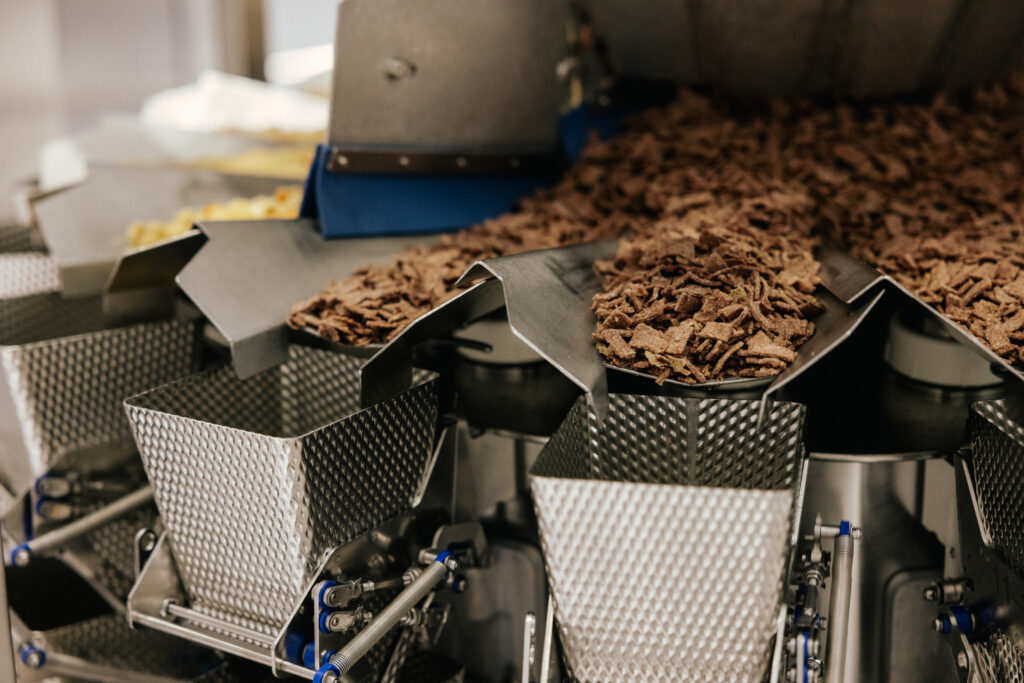 Freeze-dried food
Freeze-dried foodFreeze-dried food
Read more: Freeze-dried foodFreeze-dried food offers a lightweight, nutritious, and long-lasting meal solution that’s ideal for outdoor use, emergency preparedness, and everyday convenience. With minimal packaging, long shelf life, and reduced transport emissions, it also supports sustainable food systems by lowering waste and resource consumption.
